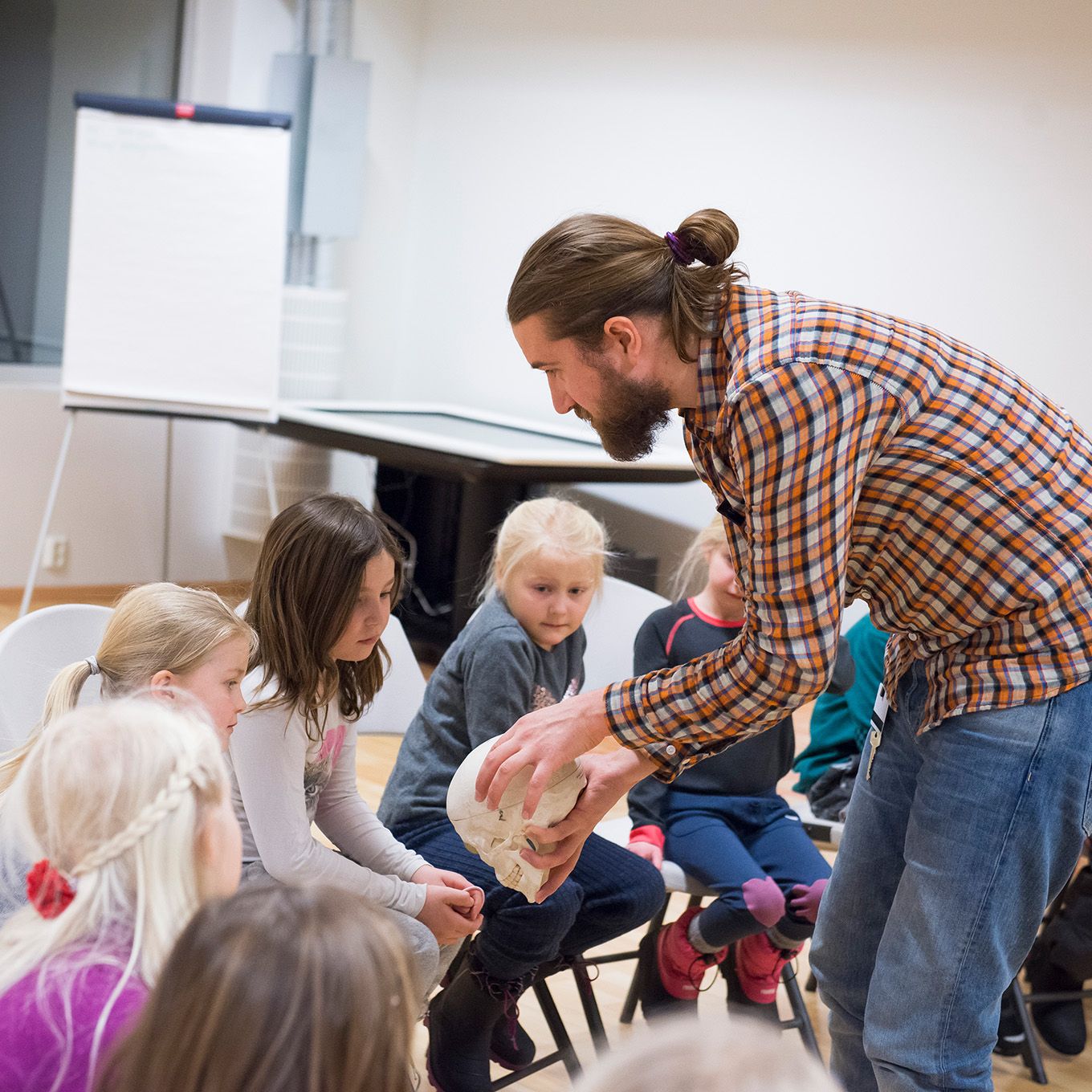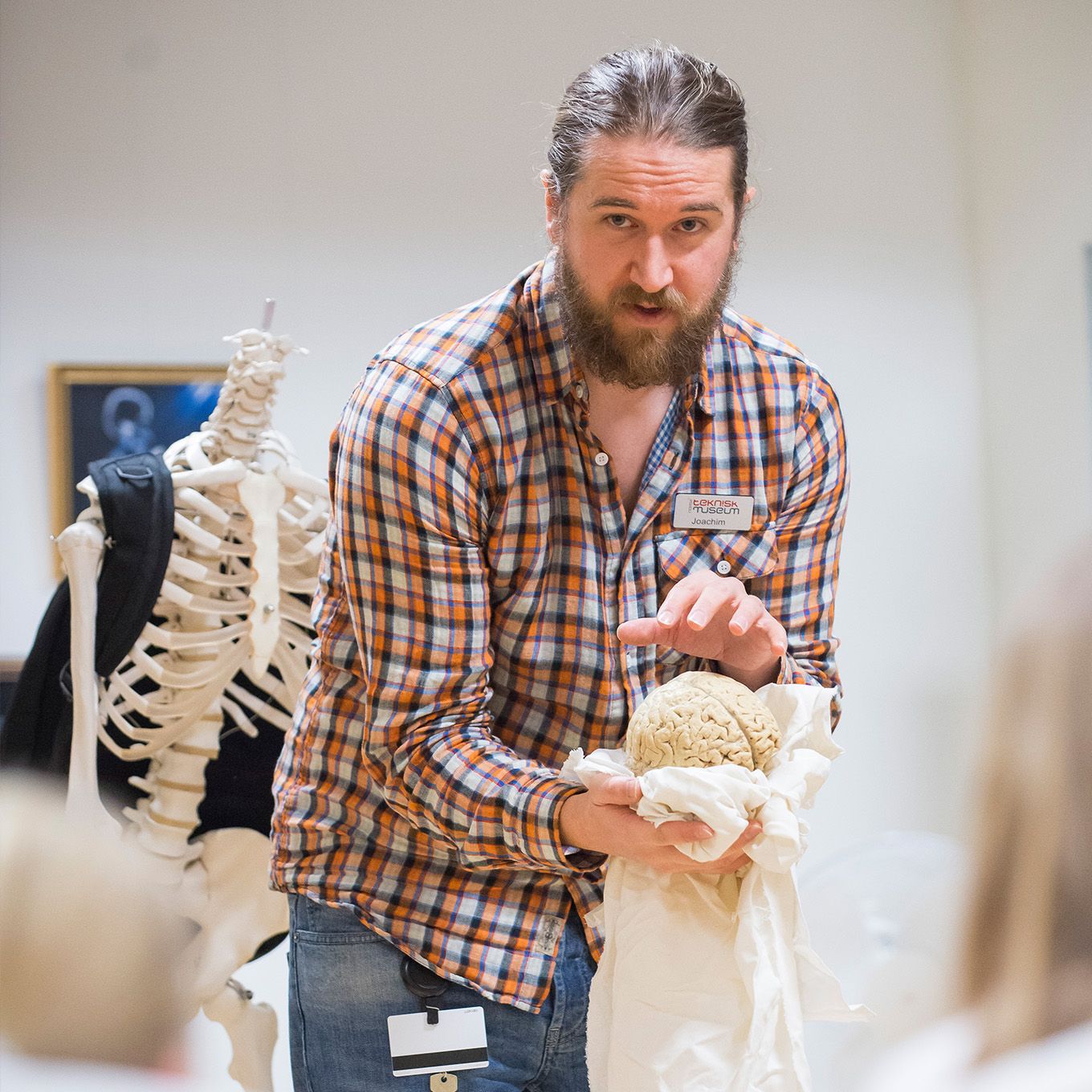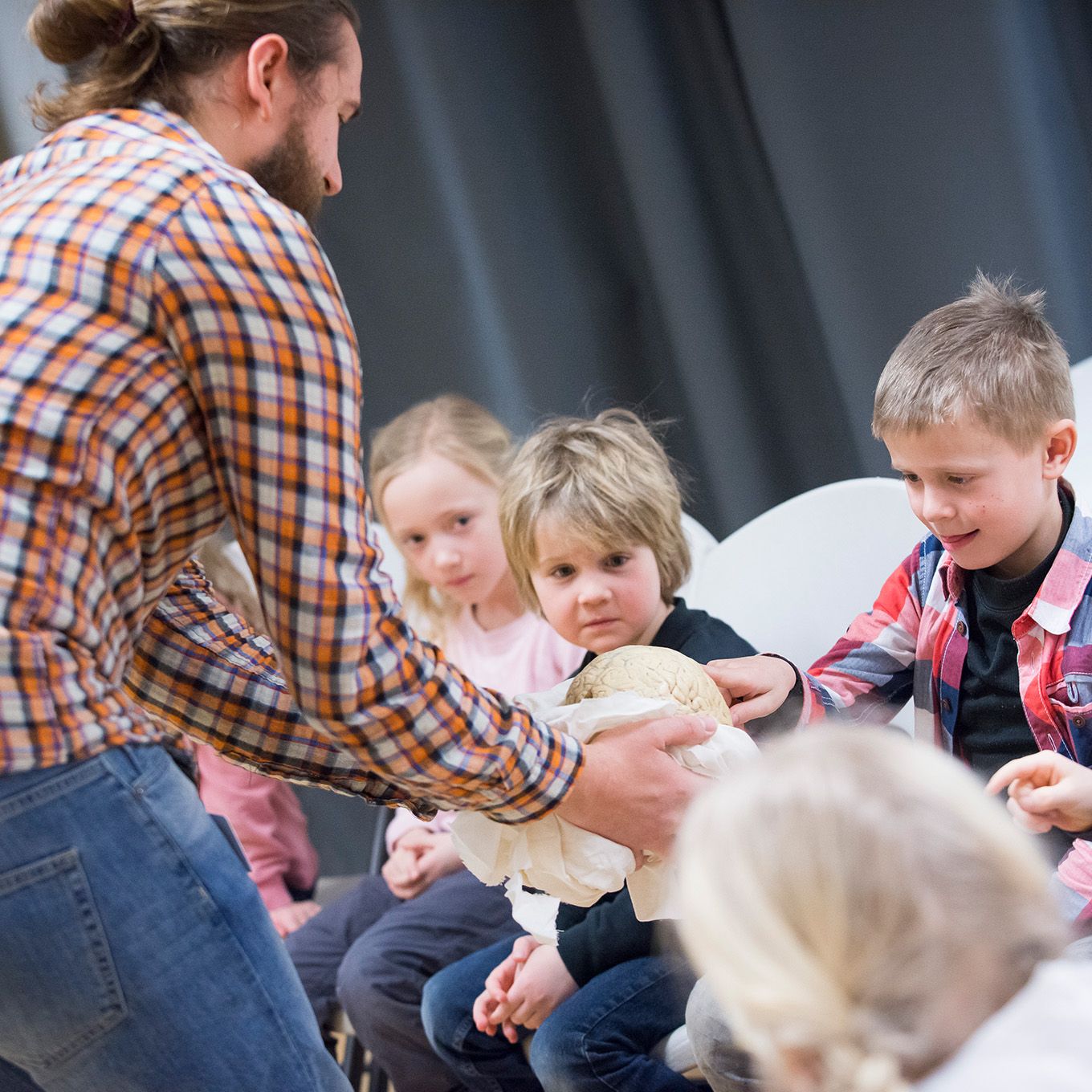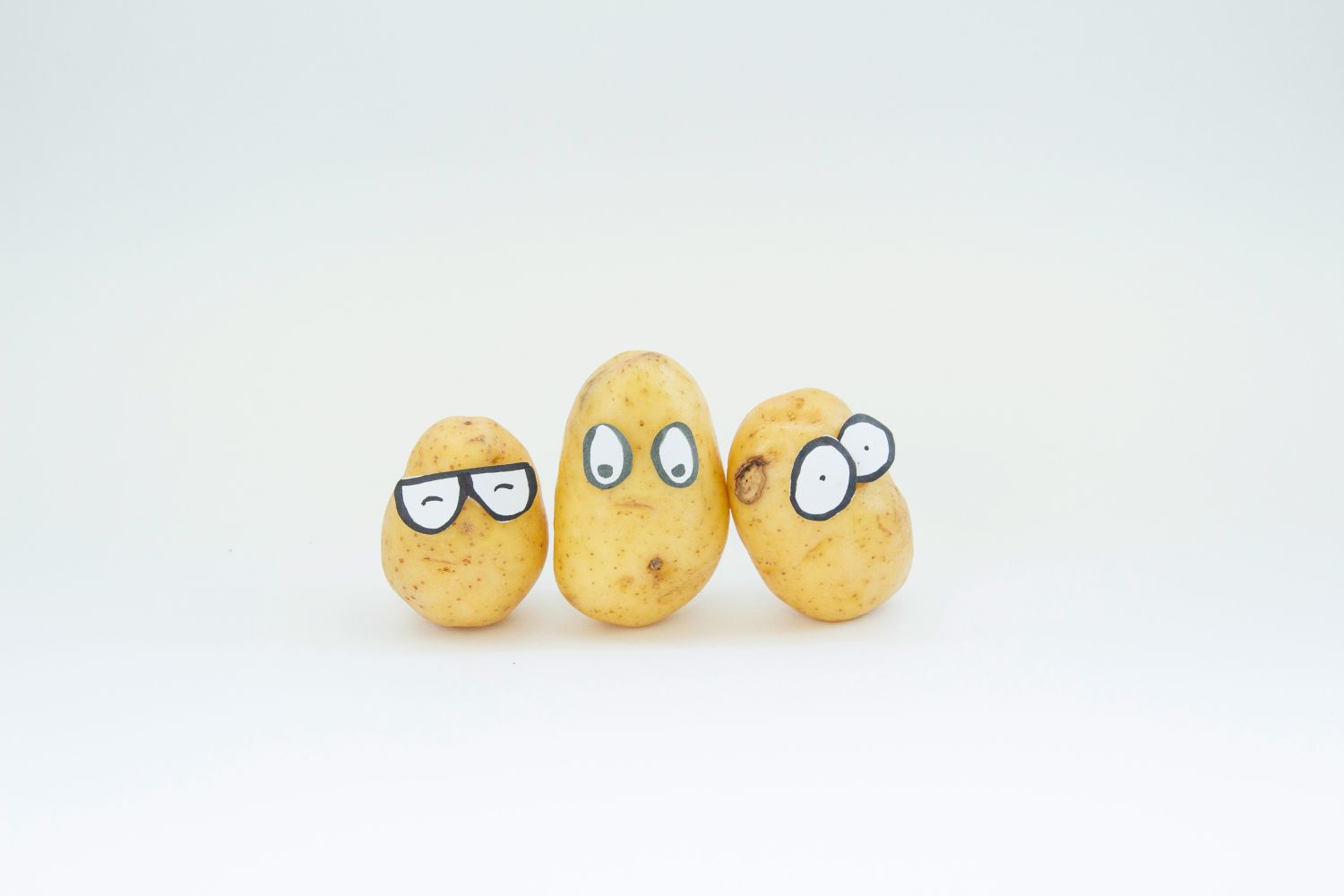Science
The skeleton
- Home
- School and kindergarten
- Grades 1.–2.
- The skeleton
Meet Alex the skeleton at The Norwegian Museum of Science and Technology . Students get to experiment and research how the skeleton is built and how it works. We talk together about why we have a skeleton, and how the parts of the body work together.
The core of the program is a conversation between the museum educator and the children, where the theme is the skeleton and the body. The children are encouraged to ask questions and participate in demonstrations. We examine the skeleton and go through its functions, and talk about how we are connected.
NB! Show up no later than 10 minutes before the lesson. Failure to attend without cancellation 7 days in advance will result in a NOK 500 fee.
What happens in this teaching program?
Description of the lesson | Introduction (approx. 5 min)
Activity (approx. 30 min)
Closing (approx. 5 min)
|
Practical information | The teacher's role We want you as an adult to be active, participating and curious. Teachers are responsible for the group throughout the visit and may be asked to help along the way. Explainer is responsible for implementing the program. Before the visit Our teaching plans do not require preparatory work, but it is always useful to prepare students for a museum visit. Feel free to show pictures or video from the museum, tell us about what will happen, and see our digital resources. After the visit Reflect and discuss with the students after the lesson, preferably in groups. |
Curriculum and competence targets |
|
You meet one of us!

Linnea

Kjersti

Caspar

Alex
Common questions and answers
One of the teachers in the group approaches the reception. We will then register that you have arrived and you will be allocated a cloakroom space and possibly cabinet for locking up valuables.
Arrive at the museum no later than 10 minutes before the start of the program. Let us know if you will be delayed by phone. 22 79 60 00. If you arrive late, the learning offer may be shortened or cancelled.
Our teaching programs are free, but you have to pay for the entrance ticket to the museum. You can only book one arrangement per visit.
Separate prices apply to teachers, pupils and school classes.
Kindergartens and schools can pay by cash/card on arrival or receive an invoice. For invoices, you must include the requisition or resource number and invoice address.
Yes! Access to the museum's exhibitions is included in the ticket for school visits. You are most welcome to explore the exhibitions both before and after the lessons.
You can eat the packed lunch in different places; in the cafe, at the reception and outside the museum entrance. It is not allowed to eat or drink in the exhibitions.
At The Norwegian Museum of Science and Technology the same rules apply as at school/kindergarten. We will
- be role models for each other
- be kind to each other and the exhibits
- use consensus
- don't run.
ATTENTION: Everything behind barriers must not be touched.
Then we all have fun and contribute to a good learning experience. If you decide that your group can visit the museum shop, the teacher must be present as long as some of the children are there.
Resources
Below you will find various resources that can help prepare students for a museum visit.

Wonder question
Here are some questions of wonder that can be used to prepare and engage students before they learn more about the topic at the museum:
- Did you know that children only develop kneecaps when they are two years old? If you sit on the floor with your legs straight forward, it is easy to feel this bone. If you relax your muscles, you can even move it around a bit. Can you find other places on the body that are easy to feel on the skeleton?
- The bones are very hard and strong, but if you are unlucky one of the bones can break. Then we can apply plaster to keep the fracture site completely still. After a few weeks, the bone will grow back together and become as strong as before. Has anyone in the class experienced this and would like to share what it was like?
- The skeleton is important for us to be able to move. Do you know the song "Head, shoulder, knee and toe"?





-feca758d.jpeg)

